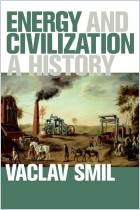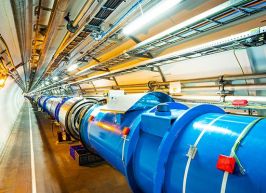
Symphony in C
Carbon and the Evolution of (Almost) Everything
Recommendation
Carbon is the source of life on Earth. Just about everything you wear and use over the course of the day requires carbon atoms: the gas that heats your home, the nylon in your jacket and your diamond wedding ring. Carbon atoms appeared before Earth existed, and proved crucial to the evolution of the planet and its atmosphere. Research scientist Robert M. Hazen offers a vast, literally cosmic perspective on the universe, the Earth and human life, and illuminates the scale of the impact of climate change.
Summary
About the Author
Robert M. Hazen is a research scientist at the Carnegie Institution of Washington’s Geophysical Laboratory, and the Clarence Robinson Professor of Earth Science at George Mason University. He also is executive director of the Deep Carbon Observatory.




















Comment on this summary